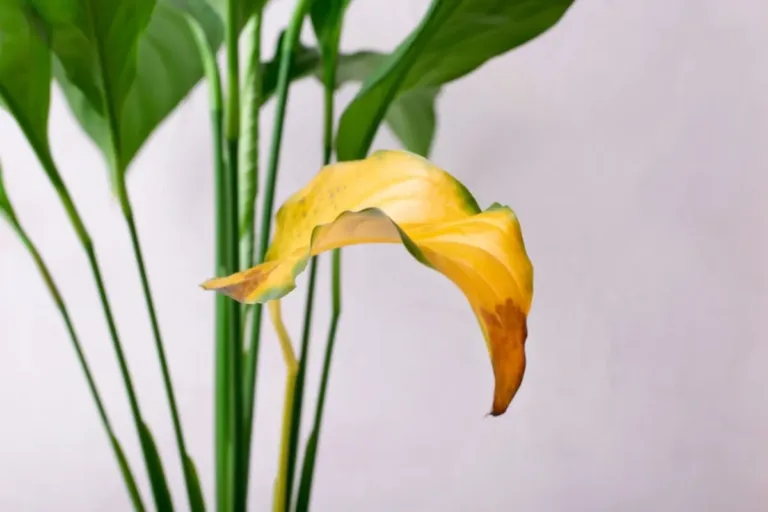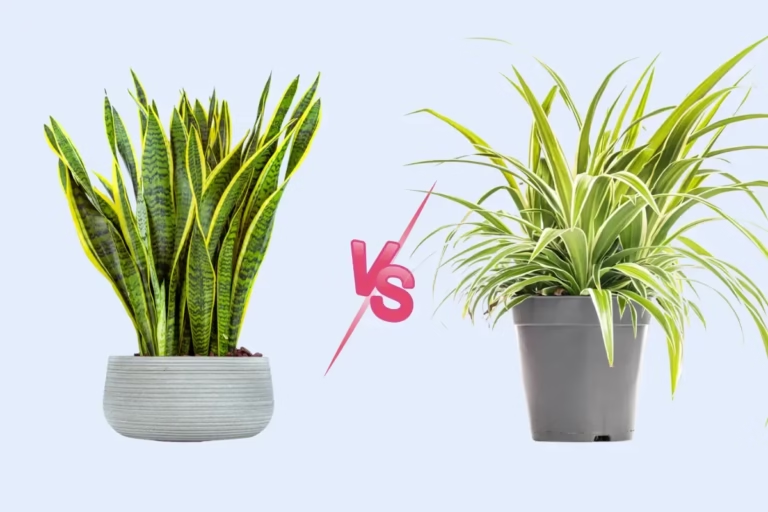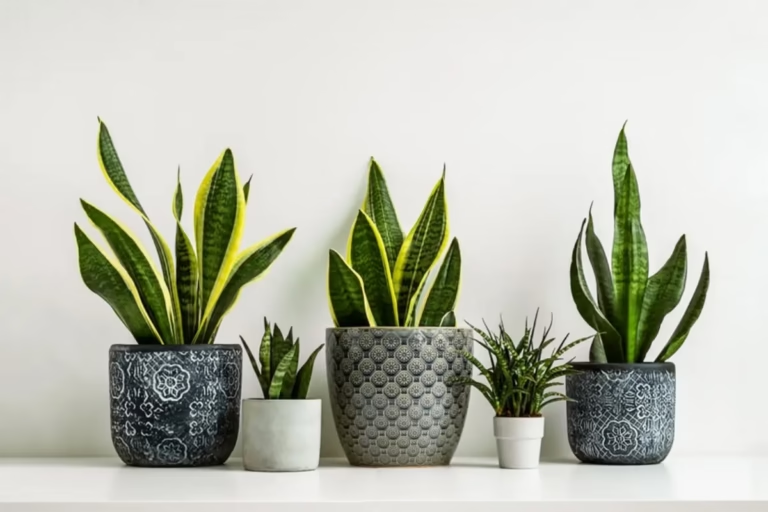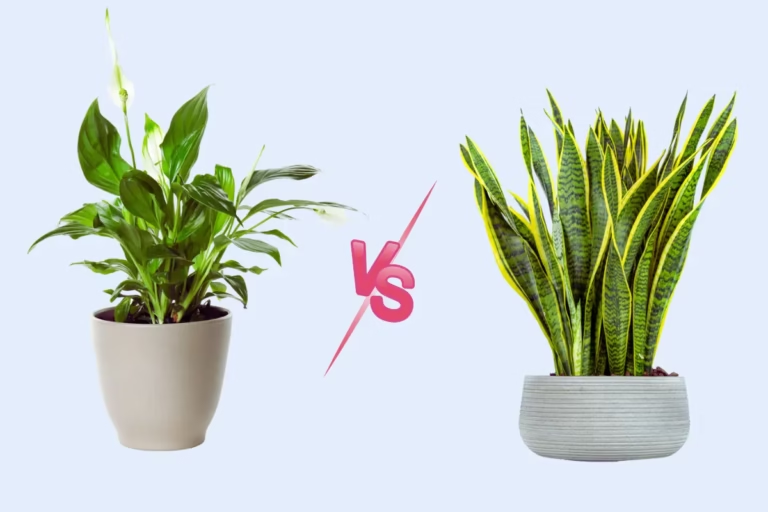Do Snake Plants Like to Be Root Bound — Really?
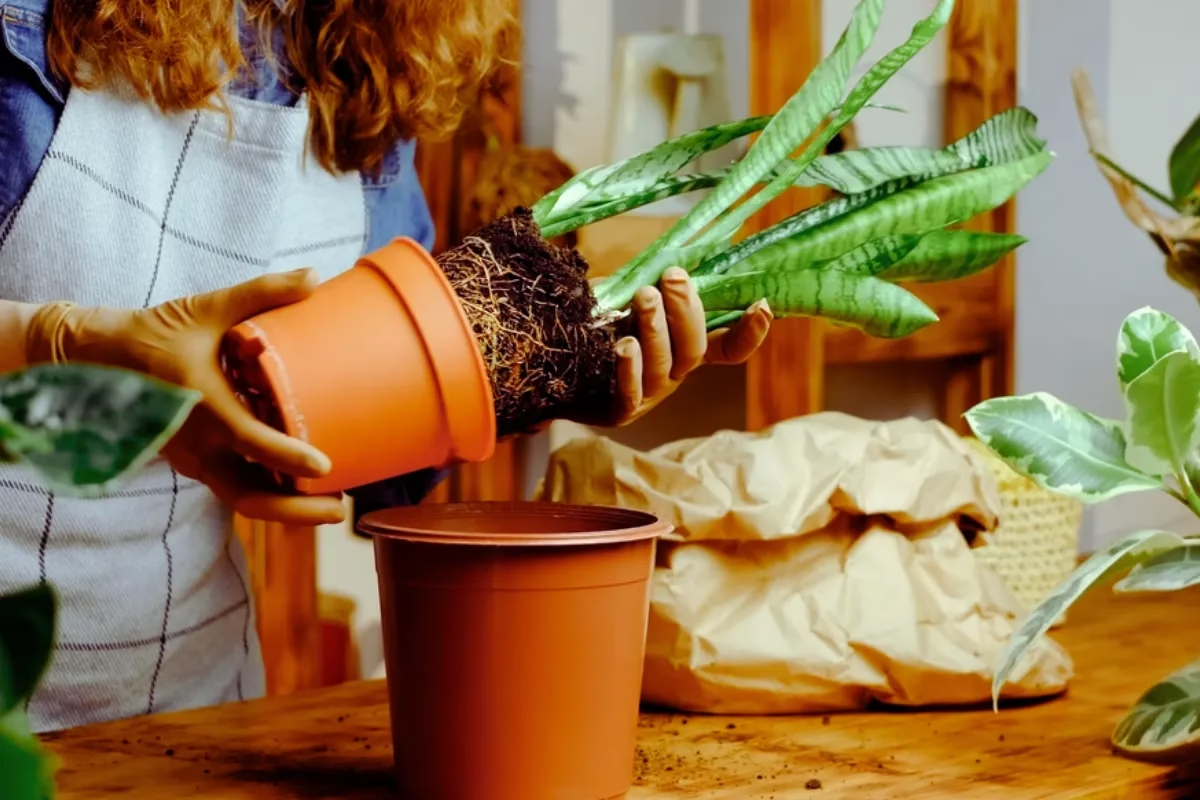
Snake plants (Sansevieria, now classified as Dracaena trifasciata) are known for being one of the most low-maintenance indoor plants. They thrive in low light, require minimal watering, and rarely complain—even when forgotten. But what about their roots? Do snake plants like to be root bound in their pots? Snake plants may seem fine in tight pots, but even they have limits. While they can handle being root bound for a while, it eventually slows growth and affects their health. Let’s look at what tight roots really mean—and when it’s time to give your plant more space.
Quick Answer
Snake plants can tolerate being root bound because of their hard nature and often grow well in snug pots, but it’s not ideal long term. When roots start circling or pushing out of drainage holes, it’s time to repot into a slightly larger container.
What Does “Root Bound” Mean in Snake Plants?
If your snake plant’s roots are circling around the pot or pushing up against the sides, it’s what we call root bound. It’s like the plant has outgrown its home. You might spot roots slipping out of the drainage holes or notice the soil drying out much faster than it used to. That’s your plant’s quiet way of saying, “I need more space.”
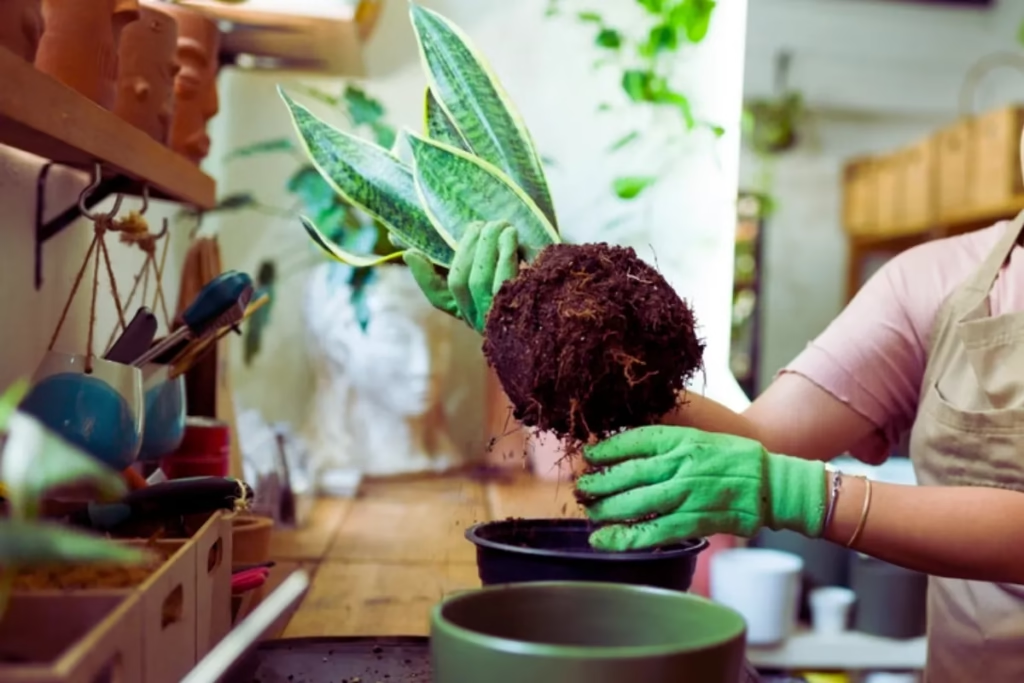
Now, as someone who’s cared for plenty of Sansevieria (technically Dracaena trifasciata), I can tell you—they’re tough and won’t complain right away. But even resilient plants like this need space to breathe. Root crowding eventually limits their ability to absorb water and nutrients, and that can slow growth or cause the leaves to droop.
does snake plant like to be root bound? Really
Snake plants can tolerate being root bound better than most houseplants—but that doesn’t mean they like it. In a tight pot, they’ll keep growing and may even send up new shoots or the occasional bloom. That’s part of why people think they prefer cramped spaces.
Snake plants might not complain, but being root bound does take a toll over time. When their roots get too cramped, they struggle to take in water and nutrients the way they should. You might see slower growth, floppy leaves, or a plant that just seems… off. It’s not that they hate tight spaces—they just do better when they’re not packed in too tightly.
Signs Your Snake Plant Is Too Root Bound
Your snake plant won’t shout for help—but it will show you when it’s out of space. Here are the clearest signs it’s too root bound:
If you’re seeing two or more of these, it’s time to think about repotting. Snake plants are tough, but they still need room to breathe and grow.
Use a pot with drainage holes so your snake plant can signal when it’s out of space. As roots start pushing through, it’s an early warning to repot. Without that hint, your Sansevieria might quietly decline from root stress.
When Does Root Bound Become a Problem?
Snake plants can stay slightly root bound without trouble—it even encourages compact growth and occasional blooming. But once the roots have no more room to move, the plant starts to suffer. You’ll notice things like wilting leaves, slowed growth, soil that dries out within hours, or roots bursting through the drainage holes. That’s when being root bound stops being okay and starts becoming a problem.
If the roots are circling tightly and your plant seems stuck, it’s time to repot. Giving it just a bit more space can make a huge difference in its health and growth.
How to Repot a Root-Bound Snake Plant
Repotting a snake plant is simple and helps it grow stronger. Here’s how:
With a little space and care, your Sansevieria will bounce back beautifully.
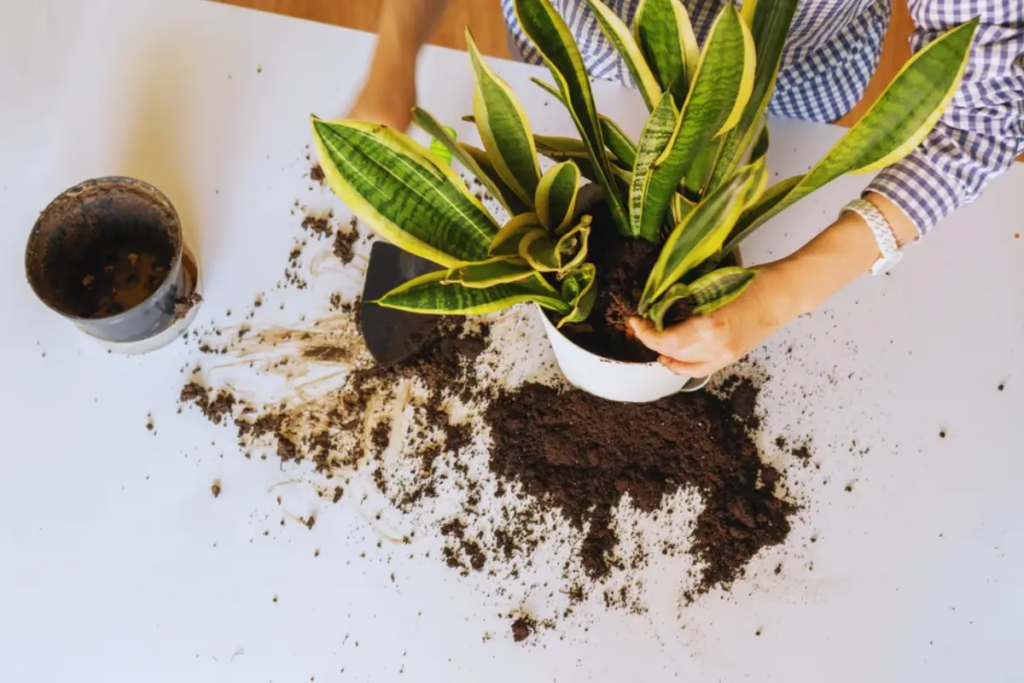
Caring for Your Snake Plant After Repotting
The Healthy and Unhealthy Snake plant roots depend upon the care and attention. Once your snake plant is in its new pot, give it a little time to adjust—repotting can be a bit of a shake-up. Here’s how to keep it happy during the transition:
With some calm, consistent care, your plant will bounce back and reward you with fresh, strong growth.
Final Thoughts
Snake plants are famously tough, but even they need room to grow. Staying a little root bound won’t hurt, but once the roots run out of space, your plant’s health can slowly decline. Learning when and how to repot, choosing the right potting mix, and giving your Sansevieria proper care after repotting makes all the difference. With just a little attention, your snake plant will reward you with bold leaves, fresh growth, and years of low-maintenance beauty—just one of the many snake plant benefits that make it a favorite in homes and offices alike.


